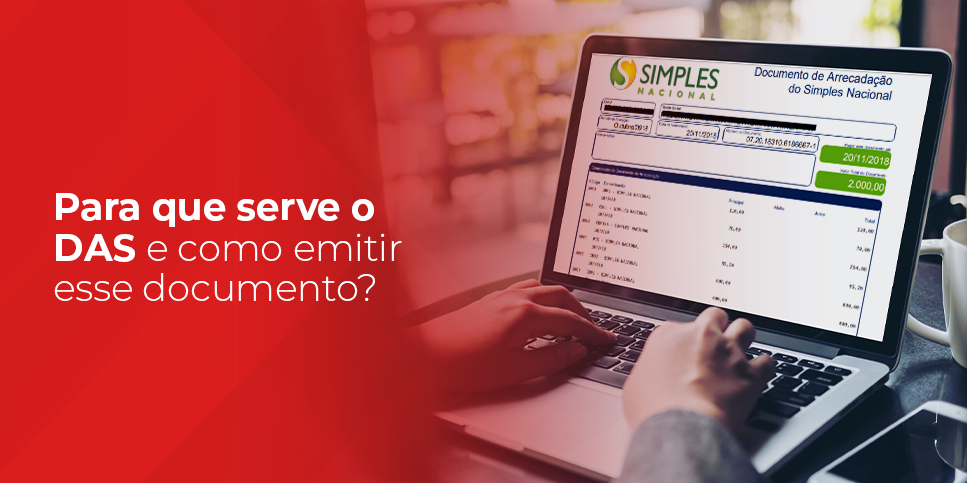The presumed profit can be adopted by companies with annual revenues of up to R $ 48 million (in 2014 this amount will rise to R $ 78 million), as the name suggests, Income Tax and CSLL are levied on a percentage pre-established by Revenue. At presumed profit, it doesn’t matter how much the company actually made. In calculating the Income Tax, the income considered by the tax authorities will be 32% of gross revenue for the service sector and 8% for industry and almost all commercial establishments. For the calculation of CSLL, the percentage rises to 12% in industry and commerce – in services continue to be worth 32% of income tax.
In real profit, available to all companies and mandatory for those who invoice more than R $ 48 million, (R $ 78 million in 2014), taxes are calculated based on the profit (lowest number of proven expenses).
The choice must be made by February 28 of each year, during which time the first taxes are due.
In Appice’s opinion, what is the best regimen?
In general, presumed profit is usually the best option when profit is equal to or higher than the preset percentages of Revenue (the 8%, 12% or 32% quoted). This avoids paying taxes on one that did not actually exist. But beware: To benefit from adopting this system, you need to have proven document expenses, such as invoices and contracts.
In choosing it is also important to consider that only real profit entitles PIS and Cofins credit embedded in the price of raw materials and some other inputs, such as energy and rent paid to legal entities. Actual profit requires stricter control of company accounts and, consequently, higher accounting expenses. This all makes the scheme little adopted among small entrepreneurs. Not that practice is always a good deal. Many business owners end up paying more taxes on presumed profit just because the system is more comfortable than actual profit. The solution is to hire a quality accounting consultancy, so that proper analysis and simulations are done before opting for any form of taxation.







